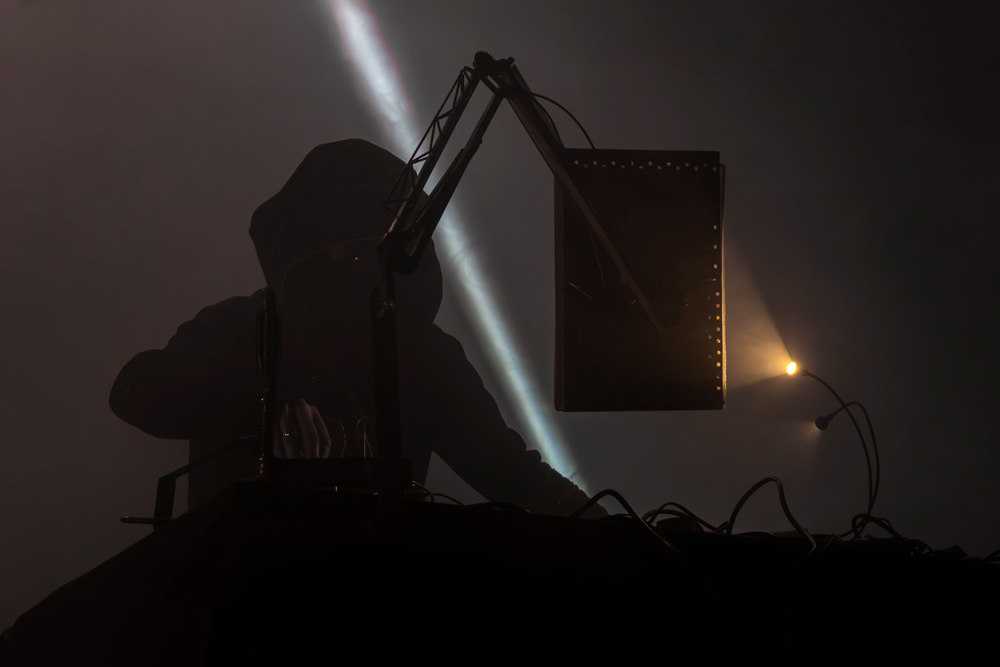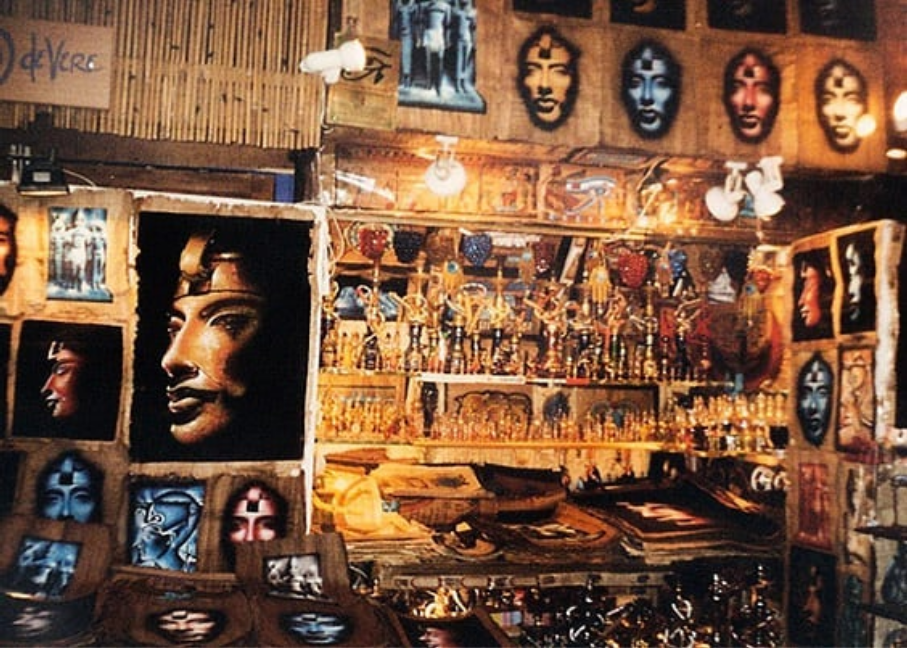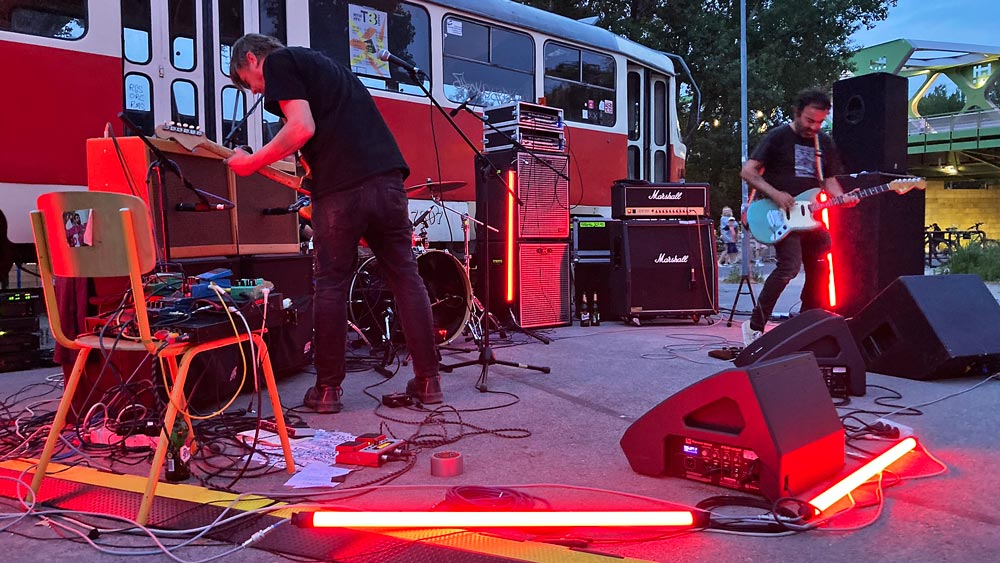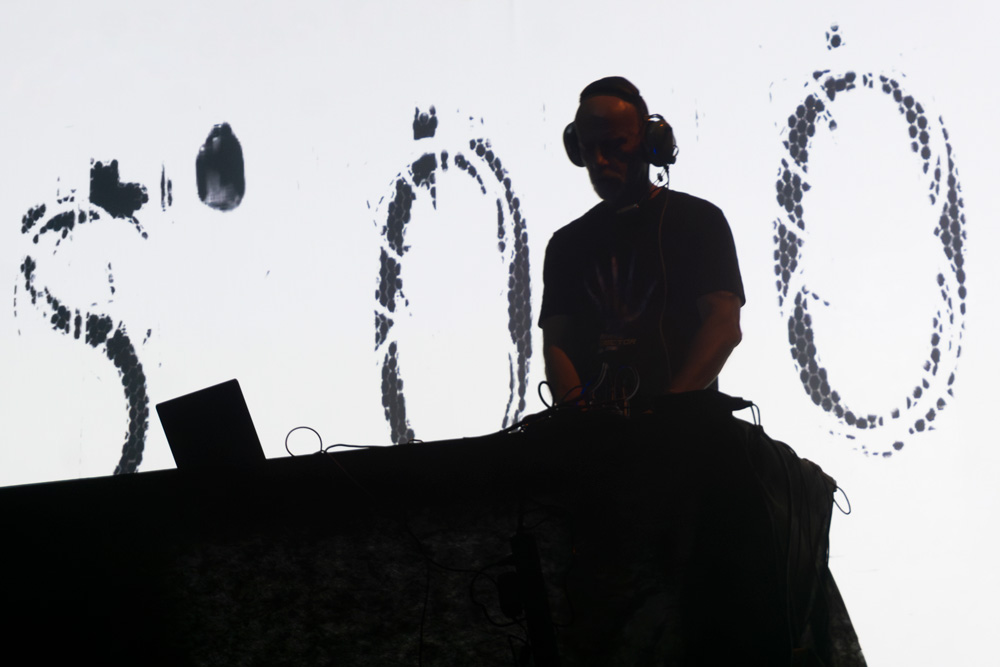Košice Travel Guide: Most Historic Buildings and Architectural Gems
This article continues on the previous one about socialist architecture in Košice. In this Košice travel guide, I will introduce historically the most significant buildings. Some of them may be already familiar to you, some not.
First Flat House
Location: Pribinova 2, Hlavná 4
Public transport: buses and trams (bus stop Námestie Osloboditeľov) 10, 15, 16, 20, 21, 23, 25, 71, 72, 31, 32, 52, 56
Established: 1939
The first-floor house in Košice stands right next to the Dargov shopping Mall. Experienced architect Skutecký Alexander is responsible for its design. Until the second half of the 20th century, it was one of the most remarkable houses in the town. It was also one of the most prominent.
House of Art
Location: Moyzesova 66
Public transport: Bus stop Dóm Umenia – buses 71, 72, 10, 11, 15, 16, 20, 21, 23, 31, 32, 52, 56, trams 1, 2, 4, 5, 6
Established: 1929
Formerly a neological synagogue designer by Hungarian architect Lajos Kozma. The original synagogue building featured a centralized design dominated by a striking dome, topped with an onion-shaped lantern at its peak. The interior prayer hall is based on a circular layout and boasts an impressive vertical elevation.

Orthodox Synagogue
Location: Zvonárska 5
Public transport: buses and trams (bus stop Námestie Osloboditeľov) 10, 15, 16, 20, 21, 23, 25, 71, 72, 31, 32, 52, 56
Established: 1932-1933
Three buildings, the synagogue, school, and ritual baths, were part of a closed area. Architect Oelschlager Ludwig’s works were influenced by rondocubism and Renaissance architecture. The main prayer area connects to a nearby gallery. The front facade connects with the street through a stylized arcade.
Hotel Slávia
Location: Hlavná 63
Public transport: buses and trams (bus stop Námestie Osloboditeľov) 10, 15, 16, 20, 21, 23, 25, 71, 72, 31, 32, 52, 56
Established: 1900
Before today’s Hotel Slavia, it was an old one-floor house where local captains lived. Later, at the beginning of the 17th century, its owners rented it to the army.
In 1900, brewer Konštantín Bauernebl purchased it and had it demolished. Shortly after, a new modern Art Noveau building came to life. It included a luxurious coffee bar on the first floor and a couple of houses on the first floor. Both are present today. The front facade depicts various scenes, ornaments, and paintings articulating the brewery business and life.

House of Beggar
Location: Hlavná 71
Public transport: buses and trams (bus stop Námestie Osloboditeľov) 10, 15, 16, 20, 21, 23, 25, 71, 72, 31, 32, 52, 56
Established: 1900
The Košice travel guide continues with the House of Beggar. It is situated just a few steps away from Hotel Slávia. If you glance at the rooftop, you will notice a figure of a beggar. According to historical sources, people built the house from the proceeds of its owner’s beginnings. The foundations date back to the 14th century. They rebuilt the house in 1720 and 1760. The beautiful symbolic mural is at the top. They did not discover it before 1994.

Barkoczyho Palace – Hadik
Location: Hlavná 48
Public transport: buses and trams (bus stop Námestie Osloboditeľov) 10, 15, 16, 20, 21, 23, 25, 71, 72, 31, 32, 52, 56
Established: 1754
Bishop František Barkóczy is behind the establishment of this baroque palace in 1754. In the winter between 1805 and 1806, the future prince Ferdinand lived there secretly at 12. He and his siblings were hiding against the Napoleon army.
St. Elizabeth Cathedral
Location: Hlavná 4
Public transport: buses and trams (bus stop Námestie Osloboditeľov) 10, 15, 16, 20, 21, 23, 25, 71, 72, 31, 32, 52, 56
Established: 14th – 15th century, 1508 – finished
St. Elizabeth Cathedral is the easternmost Gothic cathedral in Europe, built in the French style. With an area of 1,200 square meters, it is the largest church in Slovakia. The cathedral stands as a remarkable architectural landmark. It can accommodate over 5,000 people, making it a central landmark for religious gatherings and cultural events.
One of the unique highlights is its rotating spiral staircase, which showcases the exceptional craftsmanship of the Gothic period. It offers visitors a remarkable architectural experience.
The cathedral boasts an intricate network of Gothic details, including ribbed vaults, flying buttresses, and a stunning main altar that reflects the skill of medieval artisans.

National Theatre
Location: Hlavná 58
Public transport: buses and trams (bus stop Námestie Osloboditeľov) 10, 15, 16, 20, 21, 23, 25, 71, 72, 31, 32, 52, 56
Established: 1788
The current National Theatre building replaced an older town hall. The town hall had been out of use since the 16th century. The first shows were in German, but as time went by, new ones in Hungarian emerged. For a certain period in 1828, a casino was open inside it.
Adol Láng is the architect behind the current design and form. The interiors boast many ornaments, while the auditorium is in a lyre shape. The paintings on the ceiling depict scenes from Shakespearean plays such as Othello, Romeo and Juliet, and King Lear.

Jakab Palace
Location: Corner of Mlynská and Štefaniková street
Public transport: nearest bus stop Jakabov palác – buses 16, 25, 27, 29, 71, 72
Established: 1899
The author and the designer of Jakab Palace was Peter Jakab, an experienced architect who already designed many eclectic buildings. For its construction, the unused stone elements from the St. Elizabeth Cathedral.
Edvard Beneš, the president of the Czechoslovak Republic, resided there for a time. He called it his home during that period. Later, it became the headquarters for the British Council, and today it is used for organizing public events.
The river Hornád once flowed where a bustling road with heavy car traffic now lies, running beneath the nearby bridge.
Wooden Church of Kožuchovce
Location: Námestie Maratónu mieru 2, behind East Slovak Museu
Public transport: buses 13, 14, 36, 17, 19, trams 1, 2, 6, 9 (bus stop Námestie Maratónca Mieru)
Established: 1741
My Košice travel guide continues with the Wooden Church. It is located right behind the East Slovak Museum. It is originally from the village of Kožuchovce. Furthermore, it has a three-part log construction. There are spaces for women (hen party), for men (aisle), and a sanctuary for ceremonies. The interior walls are full of murals from the Old and New Testaments. Especially the folk painting from 1785 is remarkable. It covers the whole sanctuary and the aisle.
You can also notice another wooden structure inside the fenced space. It is a wooden belfry from the 18th century, originally from the village Ásványi.

Old City Walls
Location: Hradbová 12
Public transport: nearest bus stop Slovenský Rozhlas – bus 12, Museum Victims of Communism – buses 17, 36
Established: 1260-1290
Hradbová Street enters Dominikánske Square and is easily accessible from Hlavná Street. You can also walk along the remaining city walls, but I’m unsure when they are open to the public or if a tour guide is needed.
Other remains of the old city walls include the Dolná Brána gate and the archeological museum on Hlavná Street.
Executions Bastion, the biggest bastion in Slovakia, is part of the East Slovak Museum located on Hrnčiarská street 7.
Another Bastion lies on the corner of Továrenská and Štefaniková street. It was closed and abandoned between 1802 and 1836. Afterward, stone manufacturing took its place.
The Corvinus Wall with a Rondel is another section of medieval fortifications in Košice. It is associated with King Matthias Corvinus and features a circular defensive structure called a roundel. Rondels were commonly used in fortification architecture to enhance the defense of walls and provide better angles for archers or cannons.

Sources:
wiki
kosice.sk
register-architektury.sk
keturist.sk
kamnavylet.sk



